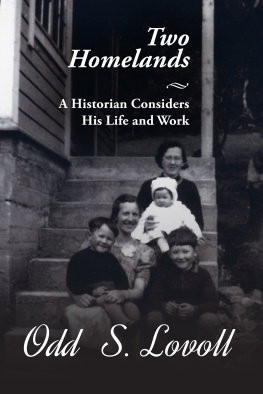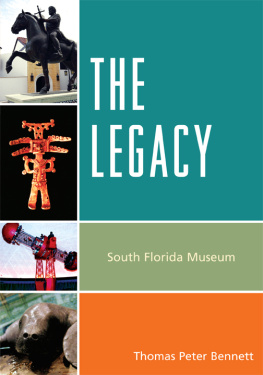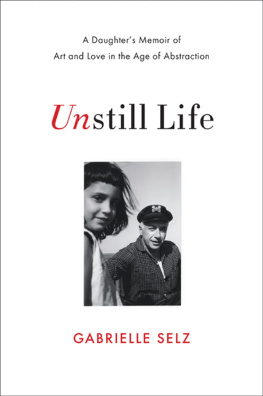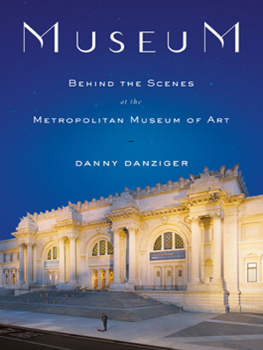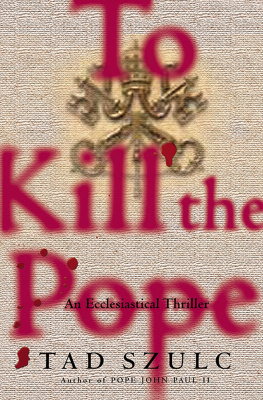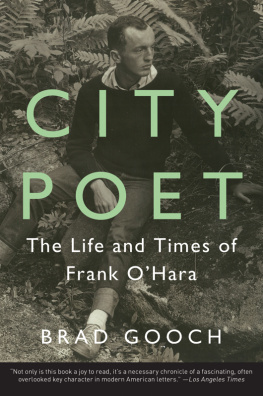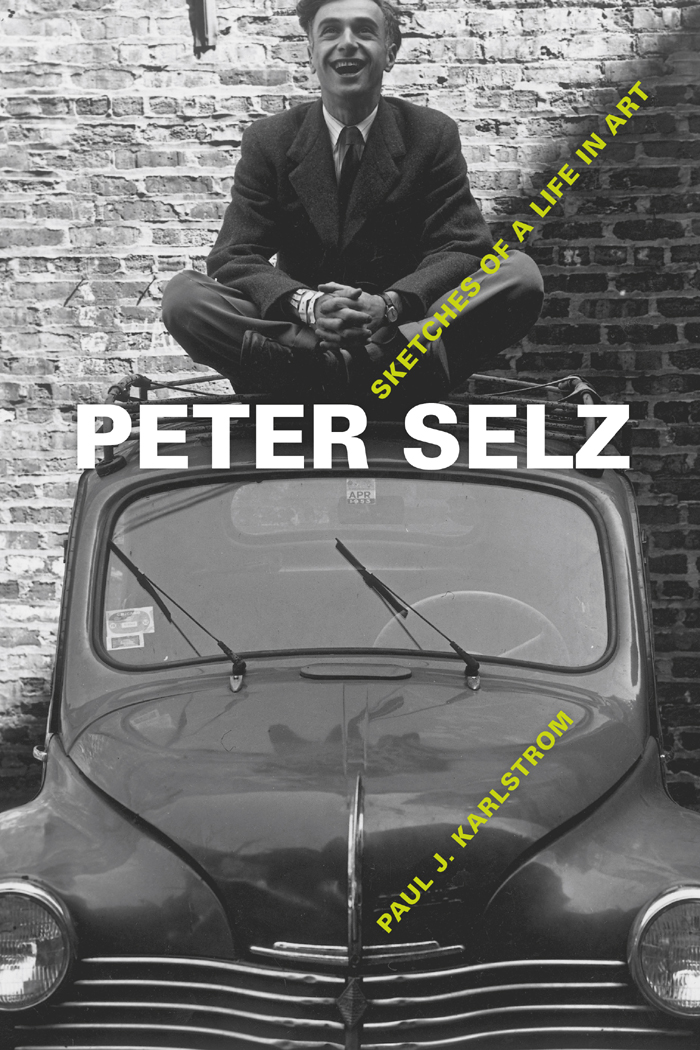
IMPRINT IN HUMANITIES
The humanities endowment
by Sharon Hanley Simpson and
Barclay Simpson honors
MURIEL CARTER HANLEY
whose intellect and sensitivity
have enriched the many lives
that she has touched.
The publisher gratefully acknowledges the generous support of the Simpson Humanities Endowment Fund of the University of California Press Foundation, which was established by a major gift from Barclay and Sharon Simpson.
The publisher also gratefully acknowledges the generous contributions to this book provided by the following individuals and organizations:
Bobbie & Fletcher Benton
Graduate Theological Union: The Center for the Arts, Religion & Education
Hackett-Freedman Gallery
Harold & Gertrud Parker, Tiburon, Calif.
Paula Z. Kirkeby
Russ McClure
Harry Y. Oda
Hans G. & Thordis W. Burkhardt Foundation
Charles & Glenna Campbell
John B. Stuppin
Peter Selz
Peter Selz
SKETCHES OF A LIFE IN ART
PAUL J. KARLSTROM
WITH Ann Heath Karlstrom

University of California Press, one of the most distinguished university presses in the United States, enriches lives around the world by advancing scholarship in the humanities, social sciences, and natural sciences. Its activities are supported by the UC Press Foundation and by philanthropic contributions from individuals and institutions. For more information, visit www.ucpress.edu.
University of California Press
Berkeley and Los Angeles, California
University of California Press, Ltd.
London, England
2012 by The Regents of the University of California
Every effort has been made to identify the rightful copyright holders of material not specifically commissioned for use in this publication and to secure permission, where applicable, for reuse of all such material. Credit, if and as available, has been provided for all borrowed material either on-page, on the copyright page, or in an acknowledgment section of the book. Errors or omissions in credit citations or failure to obtain permission if required by copyright law have been either unavoidable or unintentional. The author and publisher welcome any information that would allow them to correct future reprints.
Library of Congress Cataloging-in-Publication Data
Karlstrom, Paul J.
Peter Selz : sketches of a life in art / Paul J. Karlstrom with Ann
Heath Karlstrom. 1st ed.
p. cm.
Includes bibliographical references and index.
ISBN 978-0-520-26935-4 (cloth : alk. paper)
1. Selz, Peter Howard, 1919 2. Art historiansUnited StatesBiography. 3. Art criticsUnited StatesBiography. 4. Art museum curatorsUnited StatesBiography. I. Selz, Peter Howard, 1919 II. Karlstrom, Ann Heath. III. Title.
N7483.S383K37 2012
708.0092dc23
[B] 2011022766
Manufactured in the United States of America
21 20 19 18 17 16 15 14 13 12
10 9 8 7 6 5 4 3 2 1
In keeping with a commitment to support environmentally responsible and sustainable printing practices, UC Press has printed this book on Rolland Enviro100, a 100% post-consumer fiber paper that is FSC certified, deinked, processed chlorine-free, and manufactured with renewable biogas energy. It is acid-free and EcoLogo certified.
Contents
Illustrations follow
Preface
SETTING THE SCENE
More than a quarter of a century after Peter Selz resigned as director of the University Art Museum in Berkeley, California, and returned to the classroom, he found himself four hundred miles south, seated at a table at LAngolo Cafe in Los Angeles. His dinner companion asked him if he would like to go watch one of his former undergraduate lecture-class students paint on a large plastic canvas while a rock band played. Peter enthusiastically responded, Lets go! Shortly thereafter he walked through the door of the Whisky a Go Go on Sunset Boulevard into a wall of highly amplified sound. Norton Wisdom, covered with paint, was furiously creating spontaneous imagery, pausing only briefly to transform shapes and marks, erasing here and adding there, in an ever-changing direct pictorial response to the music. The year was 1999, and this was the pickup supergroup Banyan, composed of some of the top improvisational jazz-rock fusion musicians of the 1980s and 90s, on its first tour. Wisdom was already becoming known as The Artist for his work with various bands and highly regarded solo musicians.
For all his support and promotion of the authentic modern art avantgarde, Peter found himself in a venue where he simply did not have the background or information to understand that he was amid a gathering of leading figures in music and art who happened to be in L.A. (and that was generally a considerable number). It was an important cultural evening, but of a different sort from Peters familiar territory. He enjoyed a brief chat with his former students attractive wife, Robin, who was there with their young daughter, Ireland. Soon, though, Peter indicated to his companion that it was time to go, to escape the noise. But he had gone there, as typically he made the effort when presented with the opportunity, to find out what he might have been missingand what he needed to know.
When asked a decade later what he thought when he saw Professor Selz enter the club, Wisdom paused a moment and then responded that his former teacher looked entirely at his ease, comfortable: Selz is never out of place in any environmentalways at home; never out of his element. He showed me what it is to be a human being, living fully the creative life. For him, art is not just a career; its a morality. In truth, this was not Peters natural milieu. Although many of his favorite artist friendsnotably Bruce Conner and William Wileymoved fluidly between the visual arts and popular culture, including rock- and jazz-derived forms, Peter prefers classical, what he might privately call serious, music. He is a fan of opera, Wagner and Mozart, and the German high culture he left behind in Munich when as a youth he emigrated to America.
Selz had no idea that Norton, sponge and squeegee in hand, was working closely with some of the most respected and admired artists in contemporary music, among them drummer Steve Perkins (from the band Janes Addiction) and guitarist and composer Nels Cline, along with jazz-rock violinist Lili Haydn. Nor did he remember Wisdom from the large lecture classes in which he held forth on modern art to thousands of Berkeley undergraduates. Furthermore, he would not have gone to the Whisky, a club he had never heard of, on his own. But when offered the opportunity, he took it, always ready for fresh experiences. Peter was, and remains, ever open to the new and untried, both in life and in art. The fact is that as a teacher, Peter Selz inspired many of his students in ways that affected the life choices they made. By his example and enthusiasm he demonstrated how to live life fully in intimate relation to art and in opposition to establishment restrictions. That was, even more than the information he conveyed, his great and rare achievement as a teacher, and it is the quality that many of his students, graduate and undergraduate, best remember and most value.


